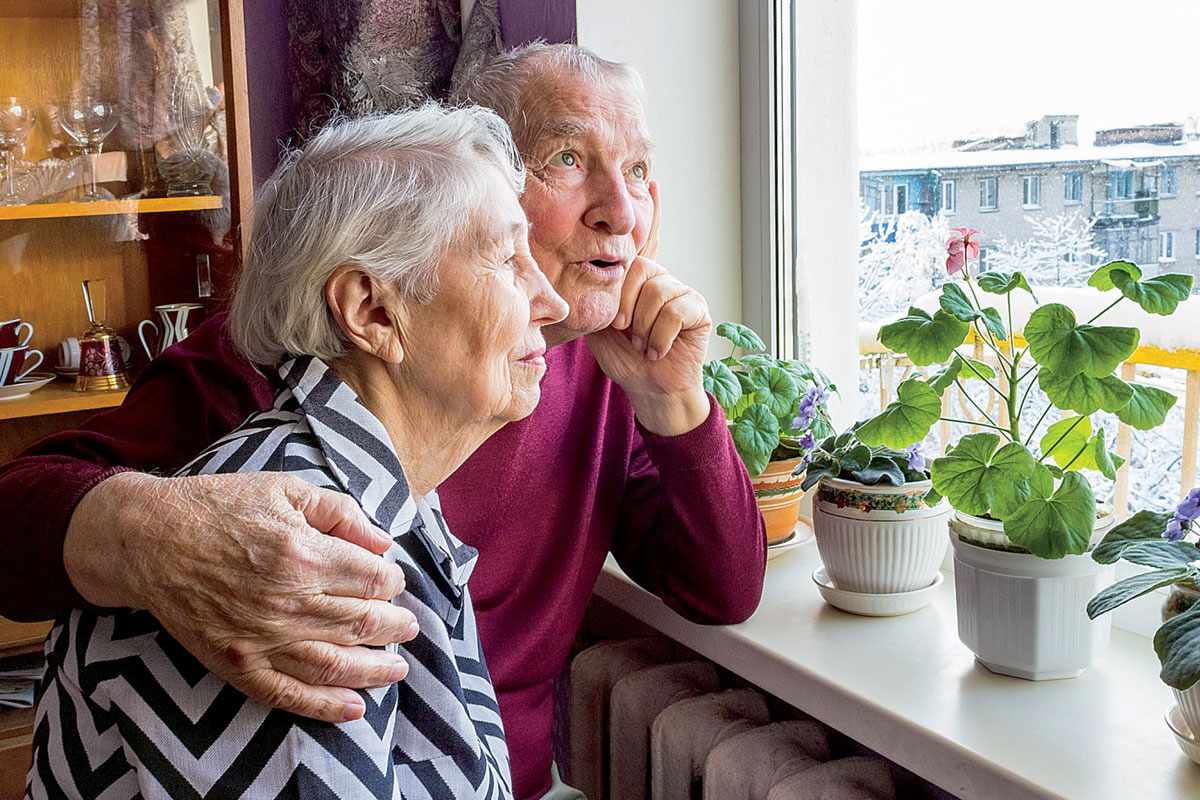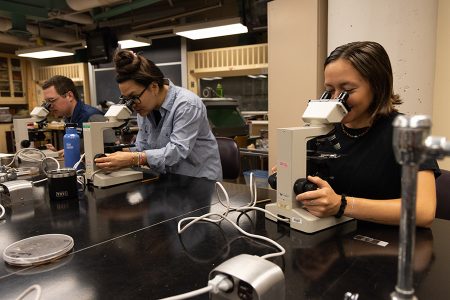The U.S. Census Bureau predicts that by 2035, there will be more people over the age of 65 than under the age of 18 in our country. And as people age, they need care, often in nursing homes, assisted living facilities, or short-term care rehab centers.
What matters to older people and their families varies when it comes to these places. For some, it’s nursing staff-to-resident ratio, others care about the proportion of single rooms, and still others want to know how families rate the facility. But what everyone needs is data-driven information at what can be a vulnerable time.
To help people choose a nursing home, Minnesota developed an interactive tool for exploring options and filtering for important information. Called the Minnesota Nursing Home Report Card, it’s a joint venture of the School of Public Health (SPH) and the Minnesota Department of Human Services (MN-DHS). Together, they have made Minnesota the nationwide leader in developing quality of life measures and using them to differentiate among nursing homes.
“Although there are other tools to help people choose nursing homes, …our report card is unique in that it includes person-reported measures of satisfaction.”
This is how the report card works: You choose how close you want a nursing home in relation to your zip code, and then the top three out of eight quality measures that are most important to you. When you submit the information, you get a list of relevant facilities and how they rate in all eight measures, with your top three highlighted. You can also find information on specific homes or pinpoint facilities on a Minnesota map.
“Although there are other tools to help people choose nursing homes, including at the federal level, our report card is unique in that it includes person-reported measures of satisfaction, such as resident quality of life, family members’ satisfaction, and experience of care,” says Associate Professor Tetyana Shippee.
Shippee is the next generation of SPH faculty members who research aging, and her mentors Professors Bob and Rosalie Kane did seminal work in quality of care and quality of life measures. Shippee has gone on to do further work on quality of life measures, including for people of varying ethinic and racial backgrounds. She has also helped develop measures of family satisfaction and experience of care for short-stay rehab residents (soon to be on the report card). MN-DHS has recently partnered with her to help develop quality measures for assisted living facilities in the state.
The Model
An online tool lets users explore nursing homes by location and in relation to eight key quality of life measures, three of which are generated by family input. “Our report card could be very useful for other states and replicable at the national level,” says Shippee.
The Impact
A care facility needs to be evaluated across an array of measures to assure safety, quality of life, and respect for residents. These issues are vitally important to families and the person needing care. To have a trusted, highly researched tool to help in this process is invaluable for the more than 1.35 million people currently in care, and also for the aging U.S. population.



